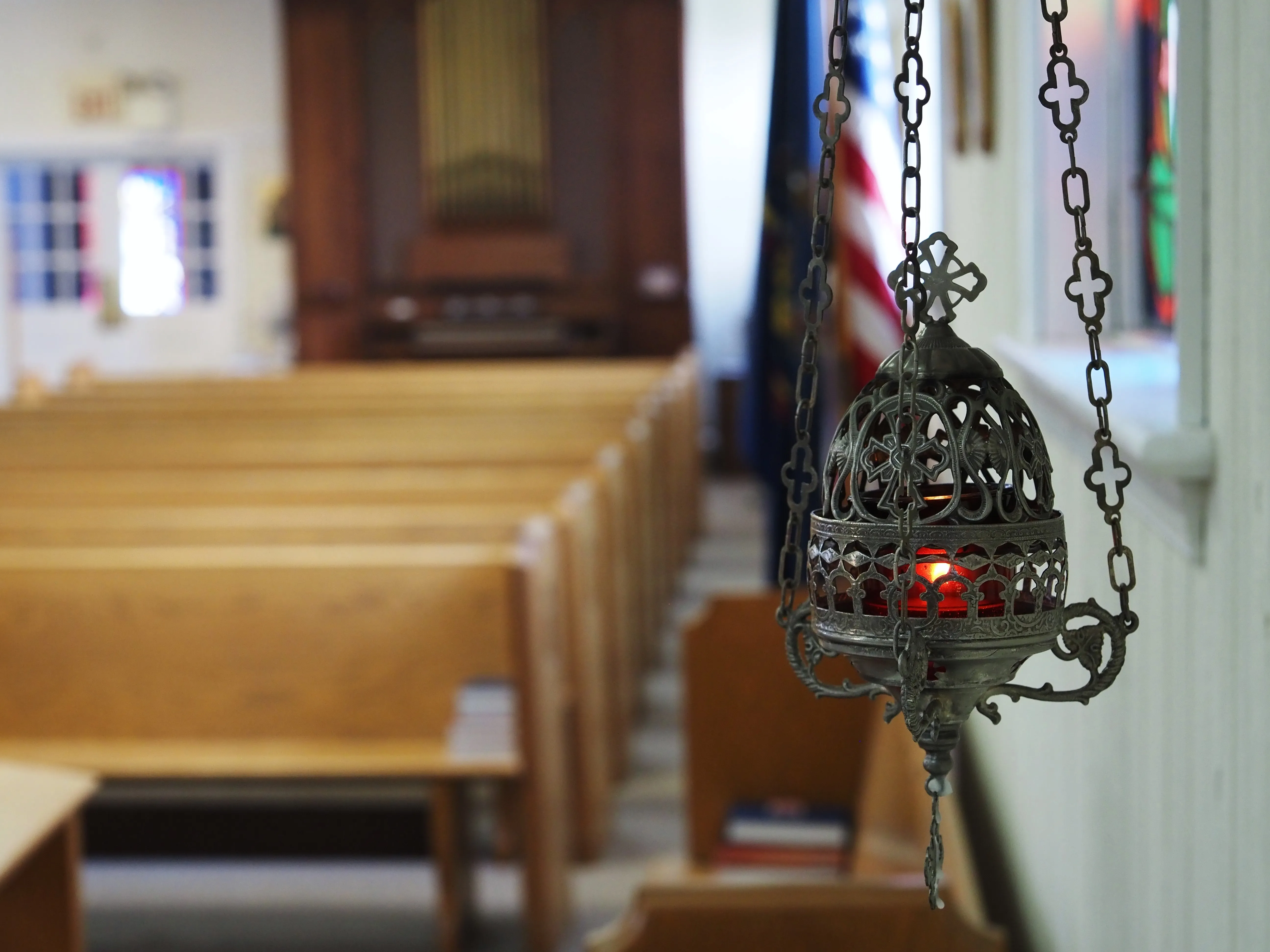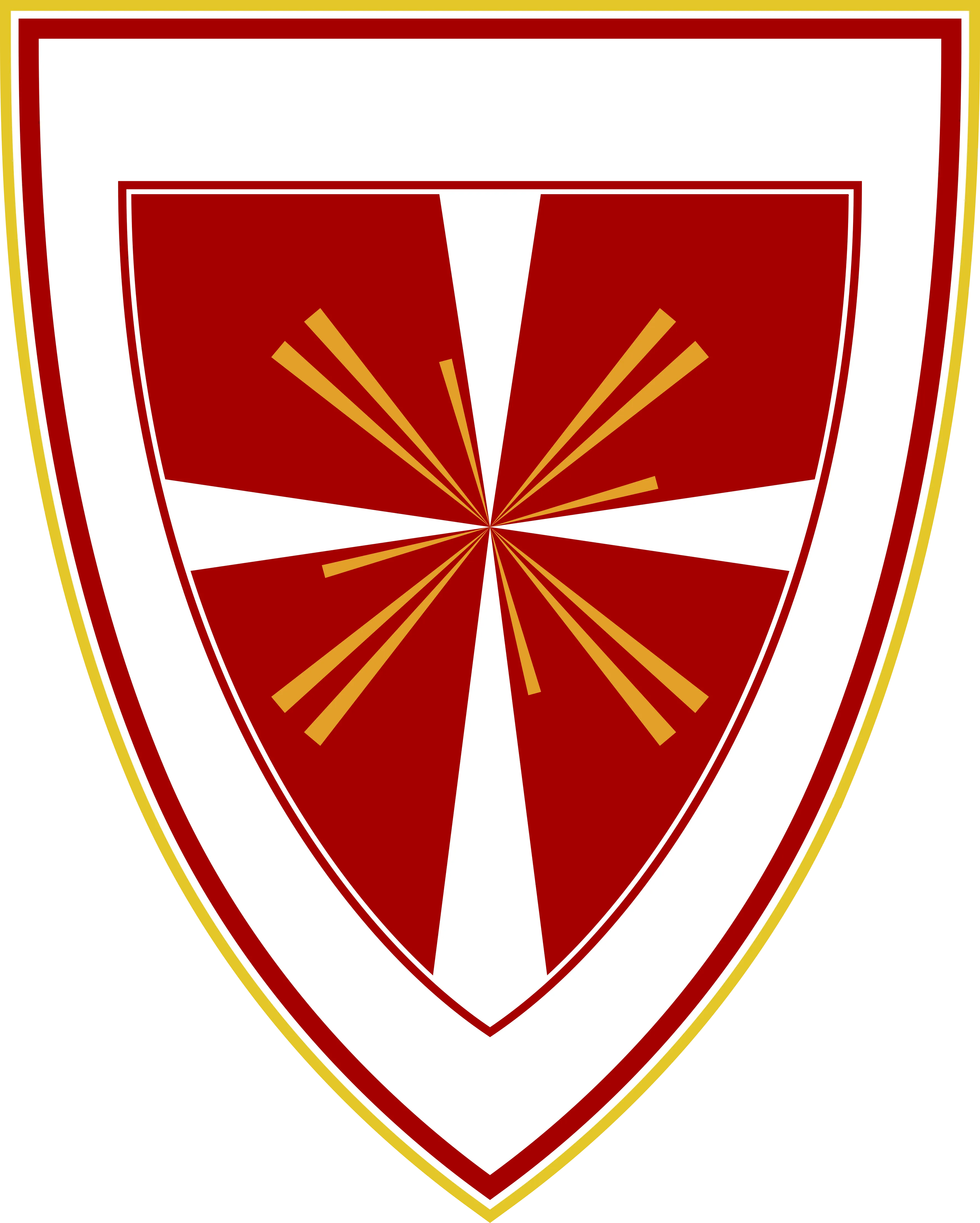What to Expect

LITURGICAL WORSHIP — The services at Transfiguration are liturgical, meaning that there is a particular order to our worship. This order is guided by the pattern of heavenly worship that we find woven through the scriptures and derived by the forms and rites of worship that have existed in the Church from the earliest days of its existence. The Book of Common Prayer (1928) which serves as the most direct source of our liturgy, is essentially a distillation of these ancient sources as they have come to us through the historic English Church.
The use of liturgy, far from vain repetition, serves as a means to help the truth of scripture sink deeply within our souls while helping us to rightly and beautifully worship God. The liturgy of the church assists our entire body (all of our senses) to participate in worship and be transformed by God as we worship him in the beauty of holiness.
Throughout the service, you will find times when we sit, kneel, and stand. Largely this is marked in the bulletin, but generally you will be able to follow the lead of those around you. It’s OK if this rhythm is new to you—take solace in the fact that a large portion of our parish is relatively new to Anglicanism and it was once new to them as well.
THE EUCHARIST — The Eucharist or Holy Communion is the central act of our worship. From the earliest days of the church, Christians have gathered around the Lord’s Table and shared in the Lord’s Body and Blood. We believe that in the Holy Eucharist we truly encounter and mystically unite ourselves with the real presence of Christ. We receive spiritual nourishment and sacramental grace for our continued Christian life as we receive what St. Ignatius of Antioch calls, “the medicine of immortality.”
Since the first century Holy Communion has been given only to those who have received a Christian baptism. Therefore, only visitors who are baptized in the Name of the Father, the Son, and the Holy Ghost and who are in good standing to receive communion in their own church are permitted to commune.
Generally children who are baptized and not yet confirmed do not receive communion. However, if you are visiting from a church that practices infant communion and your child is baptized please inform the priest before the service and in accordance with the direction of our bishop, your child may commune. Unbaptized children and adults may not receive Holy Communion.
Instructions for how to receive Holy Communion are found on the back of the bulletin.
CHILDREN IN WORSHIP — Children of all ages are welcome and encouraged to worship with their families in our services. We have found, and studies have shown, that the best way for children to grow into a robust Christian faith is to both experience it fully and learn it by observing and participating with their parents in worship.
Changing stations are located in both the men’s and women’s bathrooms in the basement.
FELLOWSHIP — We trust you’ll find that we are a friendly community and welcome you to visit with us after our services. A casual coffee hour is held in the church undercroft (basement) after our Sunday service. Coffee hour is a great time to meet parishioners and connect with the clergy if you have any questions.
